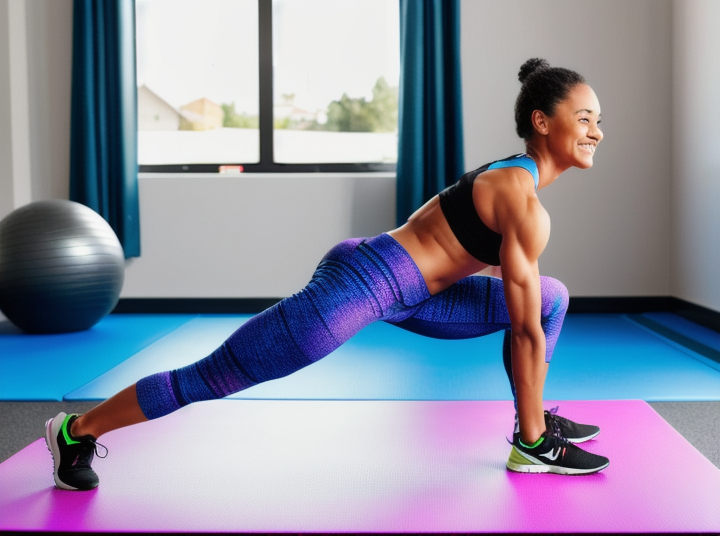5 Effective Stretching Techniques for Muscle Recovery
As athletes, we all know the feeling of sore muscles after an intense workout or competition. One of the best ways to alleviate this discomfort and promote muscle recovery is through stretching. Stretching increases blood flow to the muscles, reduces stiffness, and helps prevent future injuries.
In this article, we’ll discuss five effective stretching techniques for muscle recovery that you can easily incorporate into your post-workout routine.
1. Dynamic Stretching
Dynamic stretching involves active movements that mimic the movements of the sport or activity you’re preparing for. This type of stretching is great for warming up before a workout or competition. Dynamic stretching can also help to improve flexibility and range of motion. Examples of dynamic stretches include leg swings, high knees, and walking lunges.
2. Static Stretching
Static stretching involves holding a stretch in one position for a period of time. This type of stretching is ideal for after a workout or competition, as it helps to reduce muscle soreness and stiffness. Examples of static stretches include hamstring stretches, quad stretches, and calf stretches.
3. Foam Rolling
Foam rolling is a type of self-massage that involves using a foam roller to apply pressure to your muscles. This technique can help to reduce muscle tension and improve flexibility. Foam rolling is particularly effective for targeting tight spots in your muscles. Focus on rolling slowly over each muscle group, applying steady pressure to any areas that feel particularly sore or tight.
4. Active Isolated Stretching
Active isolated stretching (AIS) involves holding a stretch for just a few seconds, then releasing and repeating. This type of stretching is great for improving flexibility and range of motion. AIS can also help to reduce muscle soreness and improve muscle recovery time. Examples of AIS stretches include hamstring stretches and shoulder stretches.
5. PNF Stretching
Proprioceptive neuromuscular facilitation (PNF) stretching involves contracting and relaxing the muscle being stretched. This technique is great for improving flexibility and range of motion, as well as reducing muscle soreness. PNF stretching should only be done with a partner, as it involves the partner helping to stretch the muscle to its maximum range of motion. Examples of PNF stretches include hamstring stretches and hip flexor stretches.
In conclusion, stretching is an essential component of any athlete’s post-workout routine. Incorporating these five effective stretching techniques into your routine can help to alleviate muscle soreness, reduce stiffness, and improve flexibility and range of motion. Remember to always warm up before stretching, focus on slow and controlled movements, and consult a professional if you have any concerns or questions about your stretching routine.
“>
You may like this video!
